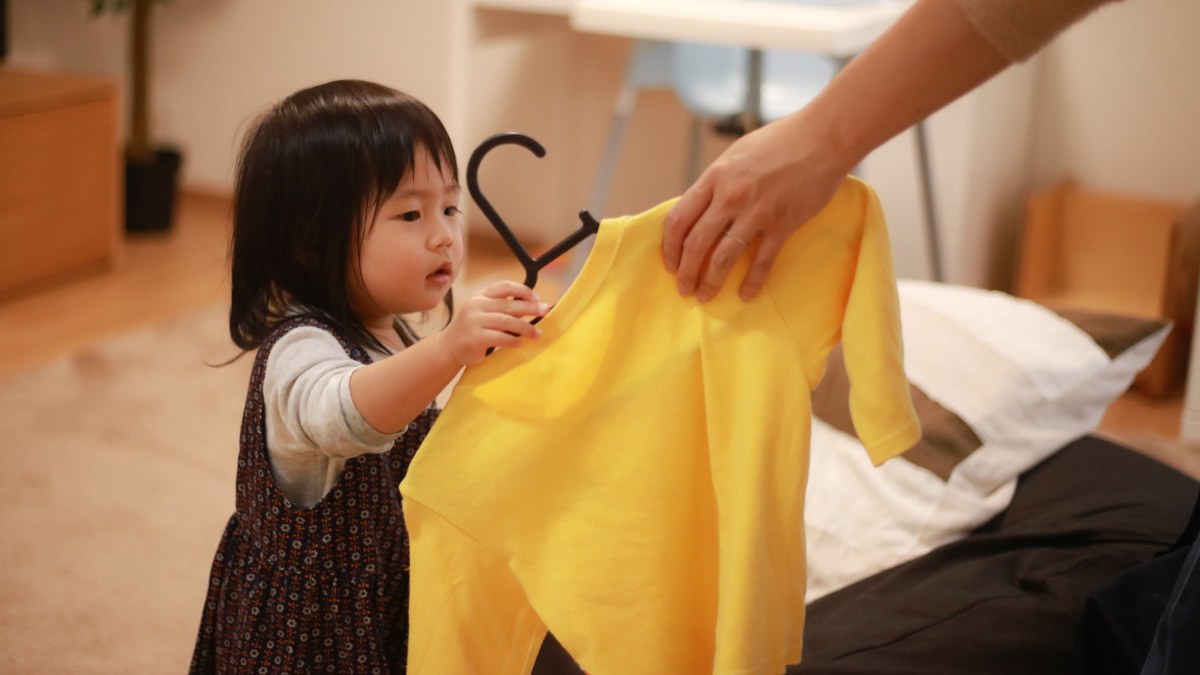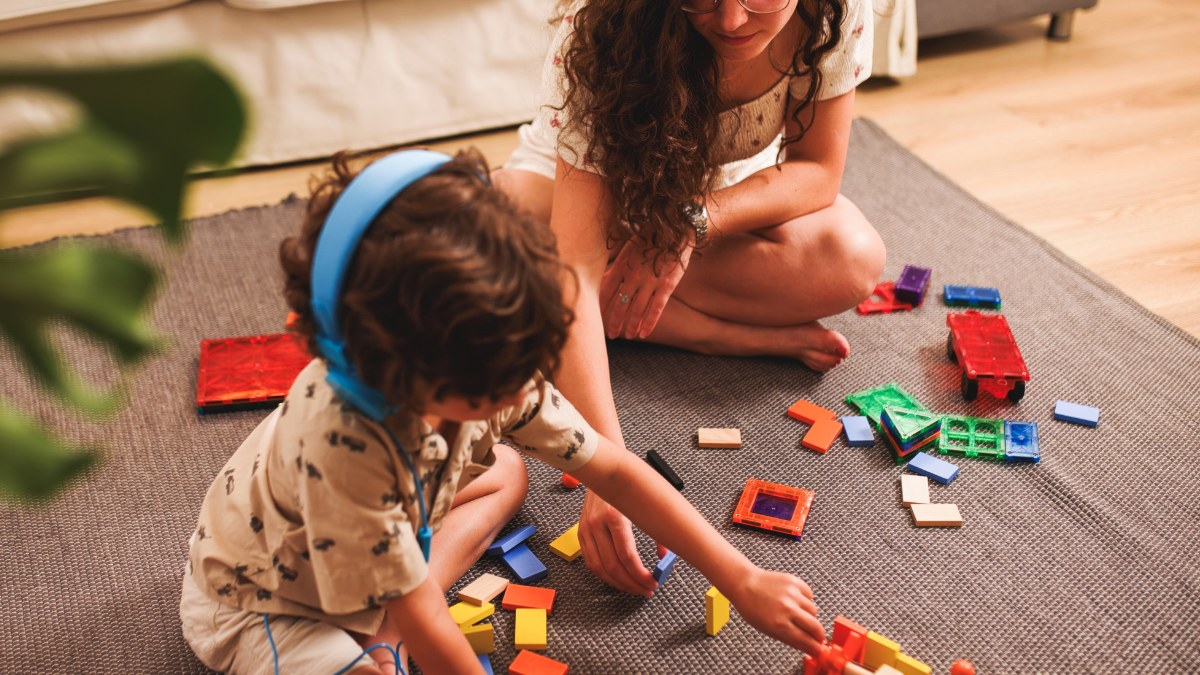Discover Why Arm Flapping Happens in Autism
Discover effective supportive approaches for arm flapping autism, enhancing communication and sensory integration.
.avif)
Discover Why Arm Flapping Happens in Autism
Understanding Arm Flapping in Autism
What is Arm Flapping?
Arm flapping is a behavior commonly observed among individuals with autism. It involves rapid movement of the arms, typically characterized by flapping motions. This behavior can vary significantly in intensity and duration across individuals. Arm flapping is often categorized as a repetitive movement, which is part of a broader spectrum of sensory and motor behaviors linked to autism.

Why do Individuals with Autism Arm Flap?
The reasons behind arm flapping among individuals with autism can vary. Many engage in this behavior as a form of self-regulation or self-soothing. It may also serve other functions, such as:
Understanding the meaning behind arm flapping is essential for providing appropriate support and interventions for individuals with autism. Each person's experience with this behavior may be unique, often requiring tailored approaches to address their specific needs.
Supportive Approaches
There are various strategies that can be implemented to provide support for individuals who exhibit arm flapping behaviors associated with autism. These approaches aim to enhance understanding, address underlying needs, and improve overall communication and social skills.
Positive Reinforcement
Positive reinforcement involves encouraging desirable behaviors by rewarding individuals for their efforts. This strategy can be effective in managing arm flapping by reinforcing alternative behaviors or moments of stillness.
Sensory Integration Techniques
Sensory integration techniques focus on addressing sensory processing challenges that may underlie arm flapping behaviors. These techniques can help individuals develop better self-regulation skills.
Communication Strategies
Effective communication strategies help individuals express their needs and feelings, potentially reducing anxiety-related arm flapping. Communication approaches can include both verbal and non-verbal methods.
Implementing these supportive approaches can create a more understanding and structured environment for individuals who exhibit arm flapping behaviors. Each approach can be tailored to fit the unique needs of each individual, promoting positive development and well-being.
Occupational Therapy Interventions
Occupational therapy interventions can play a significant role in assisting individuals with autism who display arm flapping behaviors. These strategies focus on improving functional skills, sensory processing, and motor development.
Task-Oriented Activities
Task-oriented activities are designed to engage individuals using structured tasks that promote purposeful movement. These activities can help redirect arm flapping into more productive motions. Common task-oriented practices include:
Sensory-Based Interventions
Sensory-based interventions aim to meet the sensory needs of individuals with autism. These interventions can help them regulate their responses to overwhelming stimuli, potentially reducing the occurrence of arm flapping. Examples include:
Fine Motor Skill Development
Developing fine motor skills is essential for improving hand control and coordination. Tailored activities that target these skills can minimize arm flapping by giving individuals alternative ways to express themselves and engage with their environment. Some effective activities include:
Implementing these occupational therapy interventions can provide valuable support for individuals displaying arm flapping behaviors in autism. Through focused activities, sensory integration, and fine motor skill refinement, they can achieve greater functional independence and self-regulation.
Behavioral Interventions
Behavioral interventions play a crucial role in supporting individuals with autism who exhibit arm flapping. These strategies focus on understanding the behavior and teaching alternative actions that may reduce or redirect the flapping motion.
Functional Behavioral Analysis
Functional Behavioral Analysis (FBA) is a systematic approach used to identify the reasons behind arm flapping in individuals with autism. This method involves collecting data on the behavior to determine its function. By understanding what triggers the flapping, caregivers and professionals can develop more effective interventions.
The process typically includes the following steps:
- Observation: Monitoring the individual in various settings to record when and where arm flapping occurs.
- Data Collection: Gathering information on antecedents (triggers), behaviors, and consequences related to the arm flapping.
- Analysis: Assessing the collected data to determine patterns and functions of the behavior.
Applied Behavior Analysis (ABA)
Applied Behavior Analysis (ABA) is a widely recognized therapeutic approach that focuses on changing specific behaviors. In the context of arm flapping, ABA can be utilized to teach alternative behaviors and reinforce positive actions.
Key components of ABA include:
- Identifying Goals: Setting targets for reducing arm flapping and promoting alternative behaviors.
- Reinforcement: Utilizing positive reinforcement to encourage desired behaviors while gradually reducing flapping.
- Monitoring Progress: Regularly assessing the effectiveness of the interventions and making adjustments as needed.
Strategies for Redirecting Arm Flapping
A variety of strategies can be employed to redirect arm flapping in individuals with autism. These approaches focus on replacing the flapping behavior with more appropriate actions.
Some effective strategies include:
- Replacement Activities: Introducing alternate movements, such as squeezing a stress ball or fidget toy, can provide a sensory outlet.
- Structured Breaks: Allowing scheduled breaks during activities can reduce the need for flapping behavior when sensory overload occurs.
- Engagement in Tasks: Encouraging participation in focused activities can minimize opportunities for arm flapping by keeping individuals engaged.
These behavioral interventions aim to support individuals with autism by understanding and addressing the reasons behind arm flapping while offering constructive alternatives.
Support Networks and Resources
Support networks and resources play a vital role in the management and understanding of arm flapping in individuals with autism. These resources offer guidance, encouragement, and practical help to families and caregivers.
Family Support Groups
Family support groups provide a space for individuals and families affected by autism to connect, share experiences, and gain information about arm flapping and other related behaviors. These groups can foster a sense of community and facilitate the exchange of strategies for coping and support.
Professional Counseling Services
Professional counseling services can provide essential support for individuals and families dealing with the challenges associated with arm flapping in autism. Therapists and counselors offer tailored interventions and coping strategies to help manage behaviors.
Online Communities and Forums
Online communities and forums related to autism offer valuable resources and discussions regarding arm flapping and other topics. These platforms provide a convenient way to seek advice, share experiences, and connect with others who share similar challenges.
These support networks and resources can enhance the understanding of arm flapping in autism and create an environment where individuals and families feel supported and informed. Engaging with these resources allows for better management of challenges associated with autism and promotes a sense of community.
Sources
https://certifiedautismcenter.com/autism-stimming
https://www.nspt4kids.com/healthtopics-and-conditions-database
https://www.healthline.com/baby/baby-flapping-arms




%20(1).jpg)

%20(1).jpg)





%20(1).jpg)
.jpg)
.jpg)